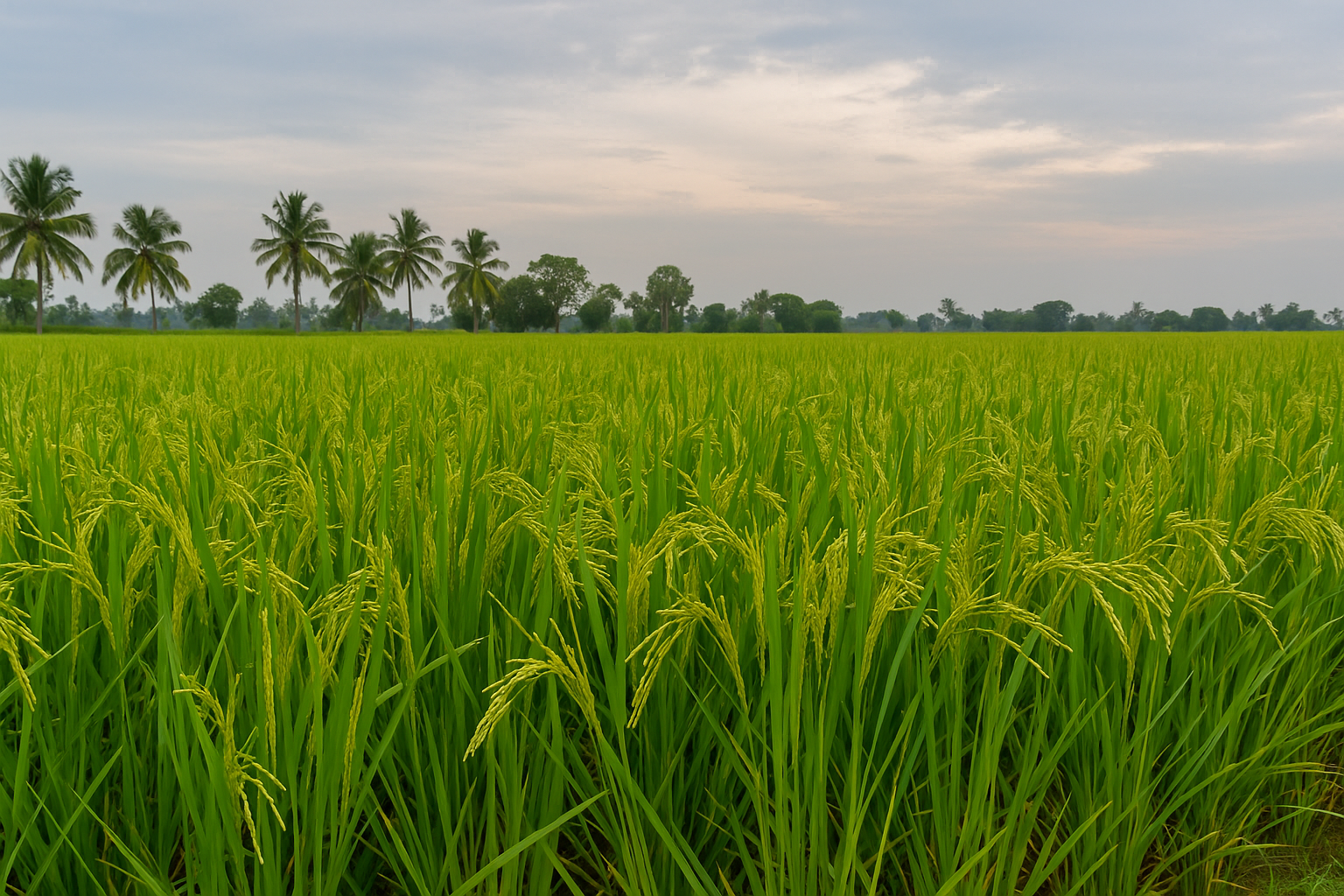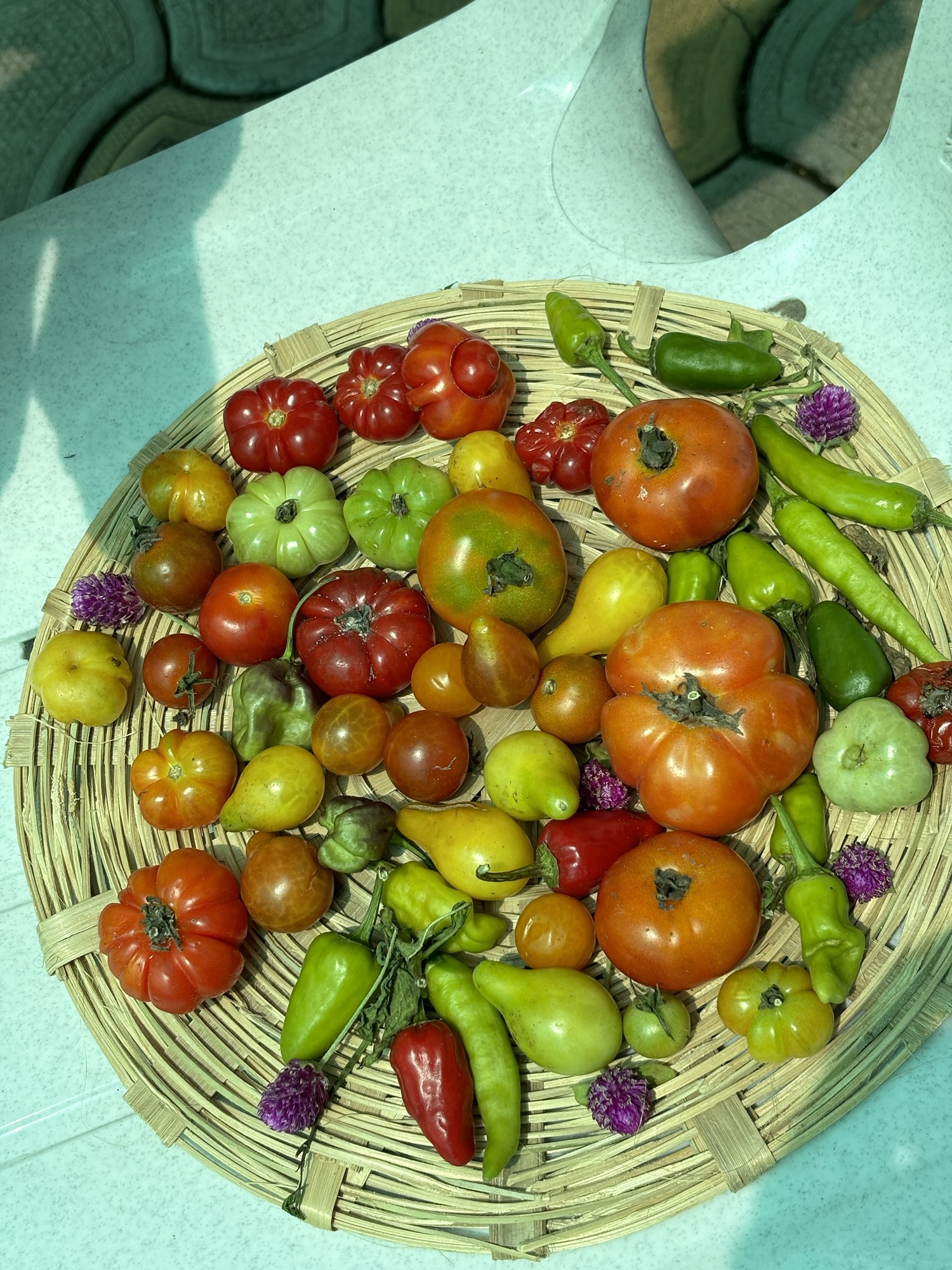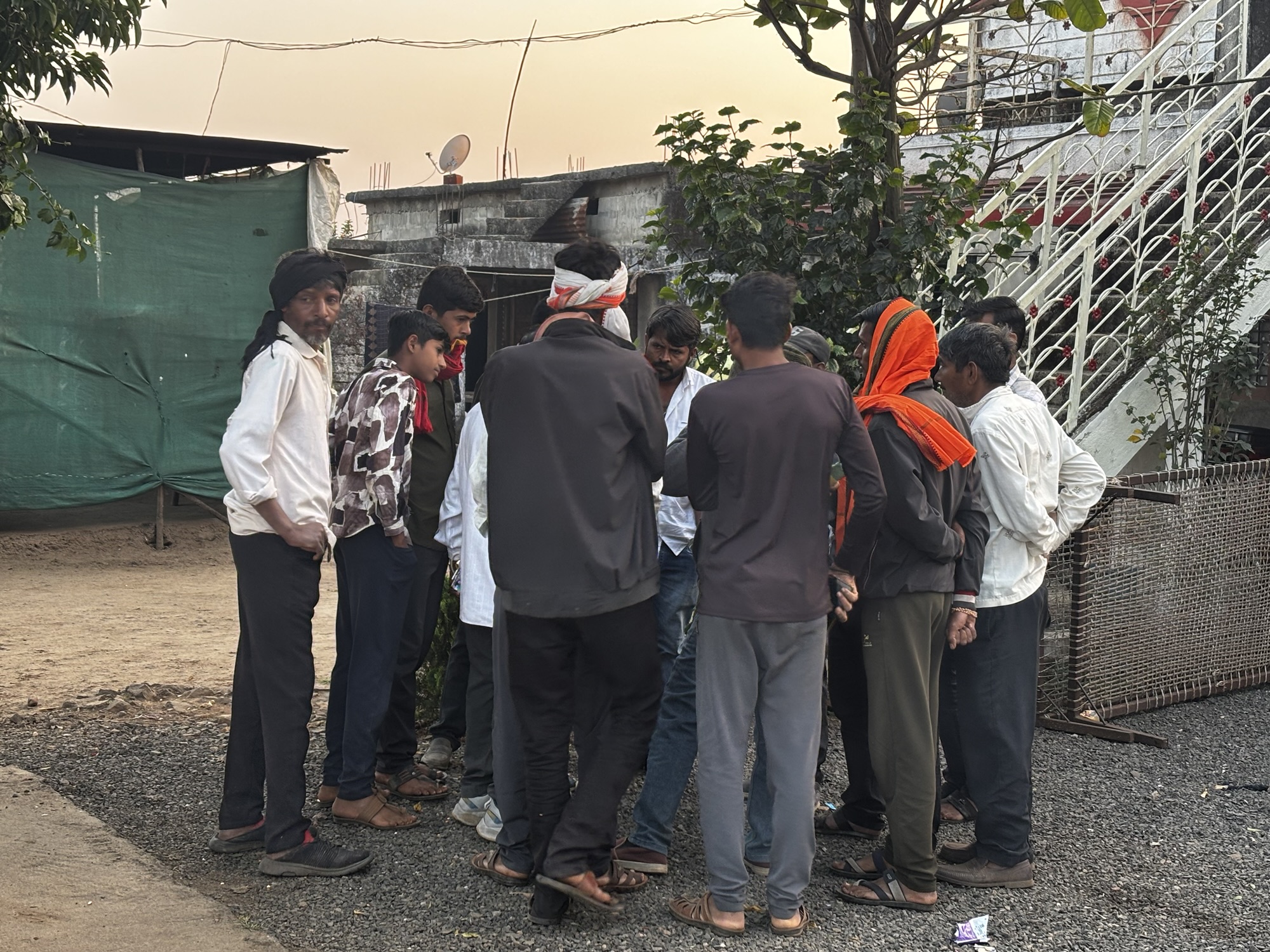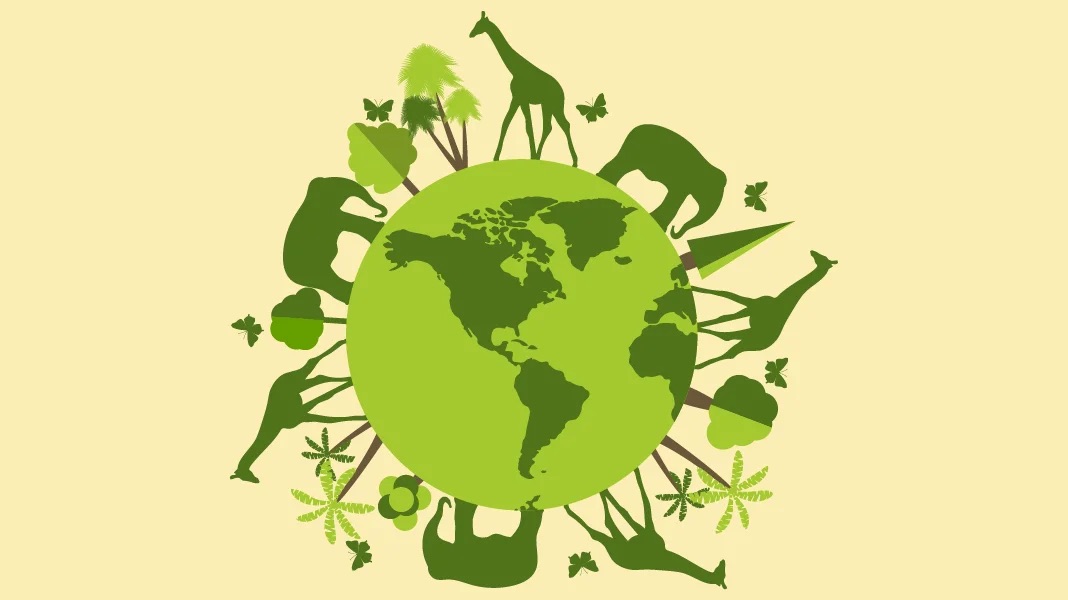The kharif crop season in India is off to a strong start this year. As of June 27, the total area sown has reached 262.15 lakh hectares. This is an increase of 11.3% from last year, when 235.44 lakh hectares were sown. The rise in area is encouraging for farmers as it suggests higher crop production ahead.
Rice has seen a significant rise in area planted. This year, farmers have sown 35.02 lakh hectares of rice compared to 23.78 lakh hectares last year. This increase of over 11 lakh hectares could help meet the country’s food needs. Pulses, including urad and moong, have also shown good growth. The area for pulses has grown to 21.09 lakh hectares from 15.37 lakh hectares last year. This growth of 5.37 lakh hectares is promising as pulses are important for both nutrition and inflation control.
Another crop that has performed well is coarse cereals, such as jowar, bajra, and ragi. The area sown for these cereals has increased to 41.75 lakh hectares from 35.01 lakh hectares last year. This growth is vital as millets contribute to dietary diversity.
The monsoon rains have played a crucial role in this increase. Better rainfall has allowed farmers to sow crops in unirrigated areas. These areas make up about 50% of farmland in India. Sugarcane cultivation has also seen a rise to 55.16 lakh hectares, up from 54.88 lakh hectares last year.
However, cotton has lagged behind. The area sown for cotton is currently lower than expected, which might affect its overall production. The government is aware of these challenges and is taking steps to support farmers.
On May 28, Prime Minister Narendra Modi announced an increase in the Minimum Support Prices (MSP) for 14 kharif crops for the marketing season 2025-26. The MSP is the price at which the government buys crops from farmers. This increase aims to ensure farmers receive fair prices for their produce and encourages them to cultivate more.
Among the crops, nigerseed has seen the highest increase in MSP, going up by Rs 820 per quintal. Other crops like ragi and cotton also received significant increases. This move is expected to boost farmers’ incomes and encourage them to invest more in farming.
The government’s efforts, combined with favourable weather conditions, suggest a promising kharif season ahead. As farmers expand their cultivation areas and increase production, the overall agricultural output is likely to improve. This not only benefits farmers but also helps to keep food prices stable in the market.
In conclusion, the early signs of this kharif season are positive. With increased areas for rice, pulses, and cereals, farmers are hopeful for a good harvest. The government’s support through MSP is also crucial for their success. As the season progresses, farmers, policymakers, and consumers will closely watch the developments in the agricultural sector.





